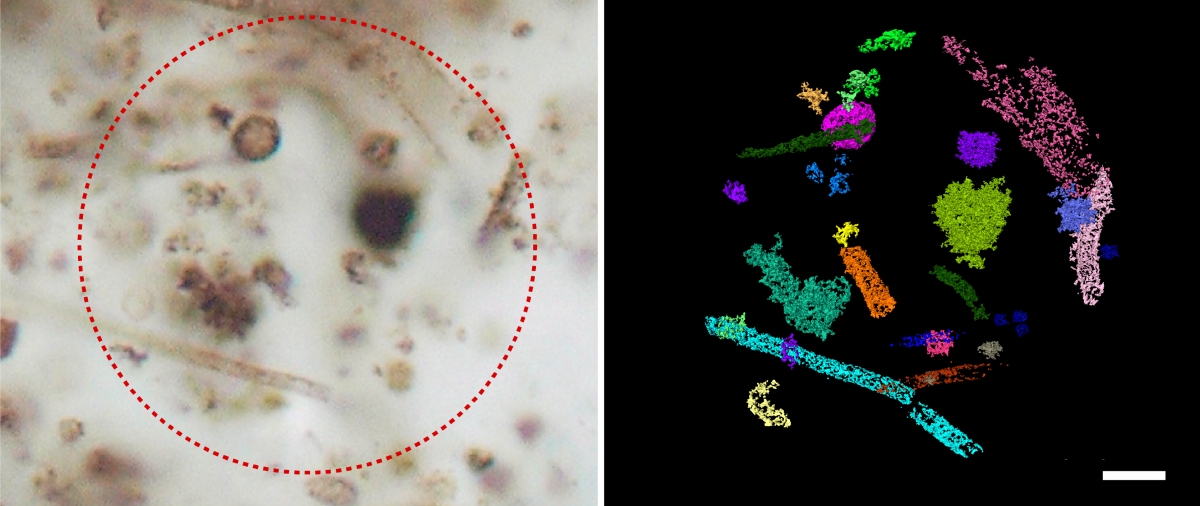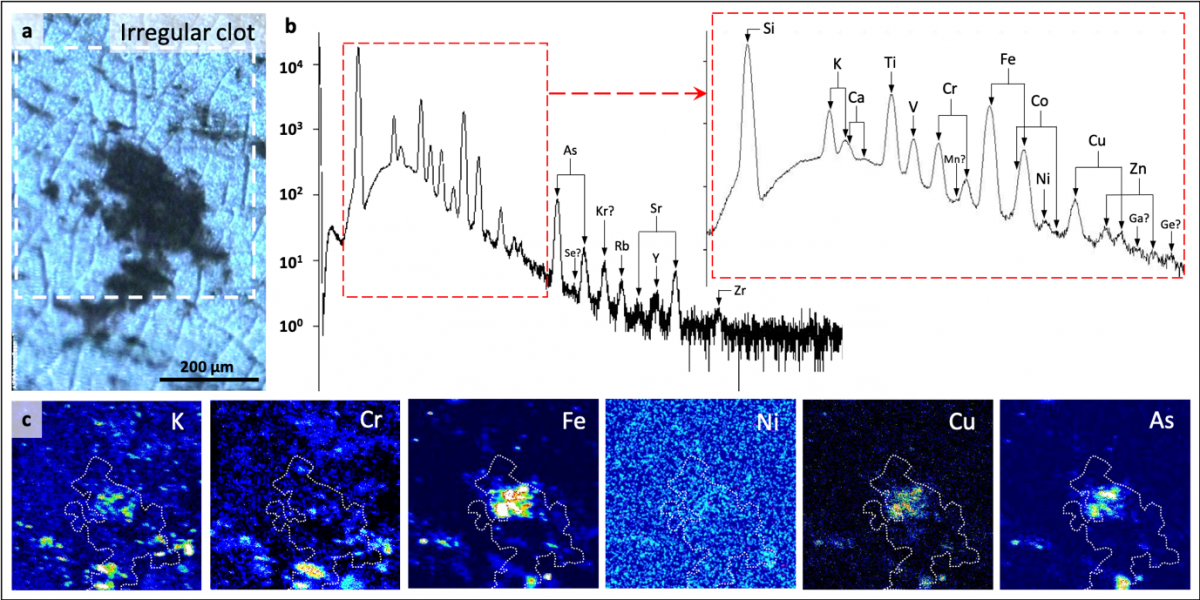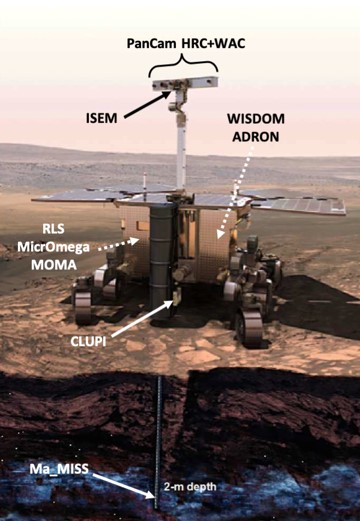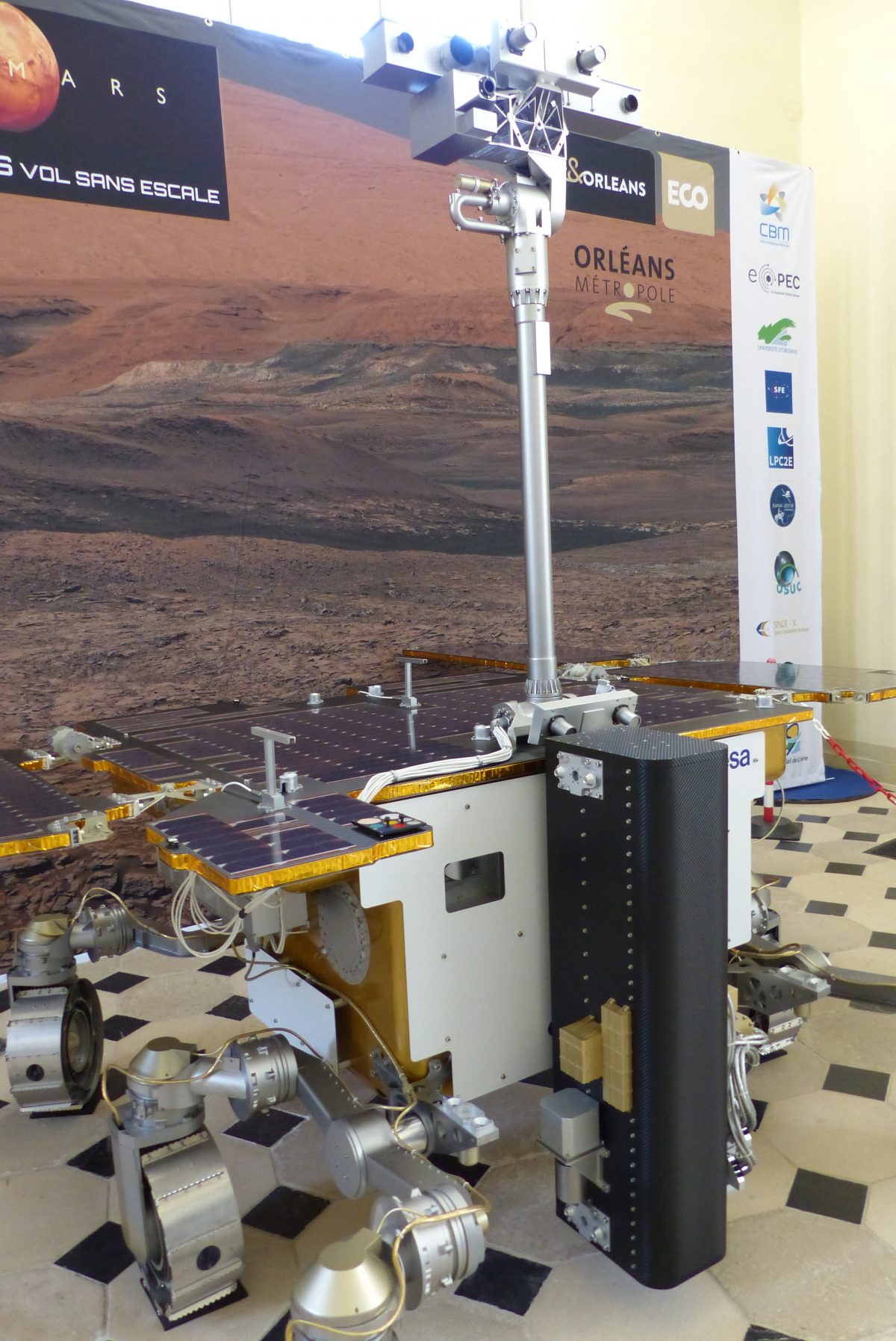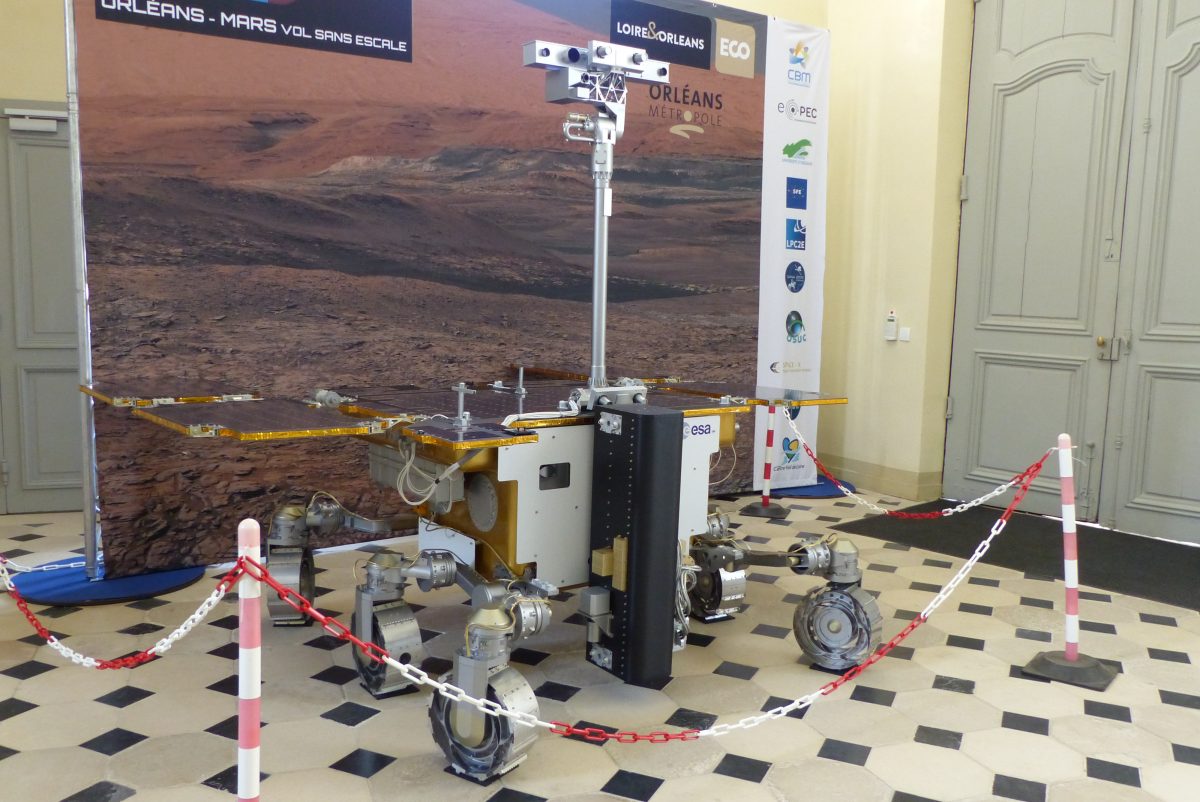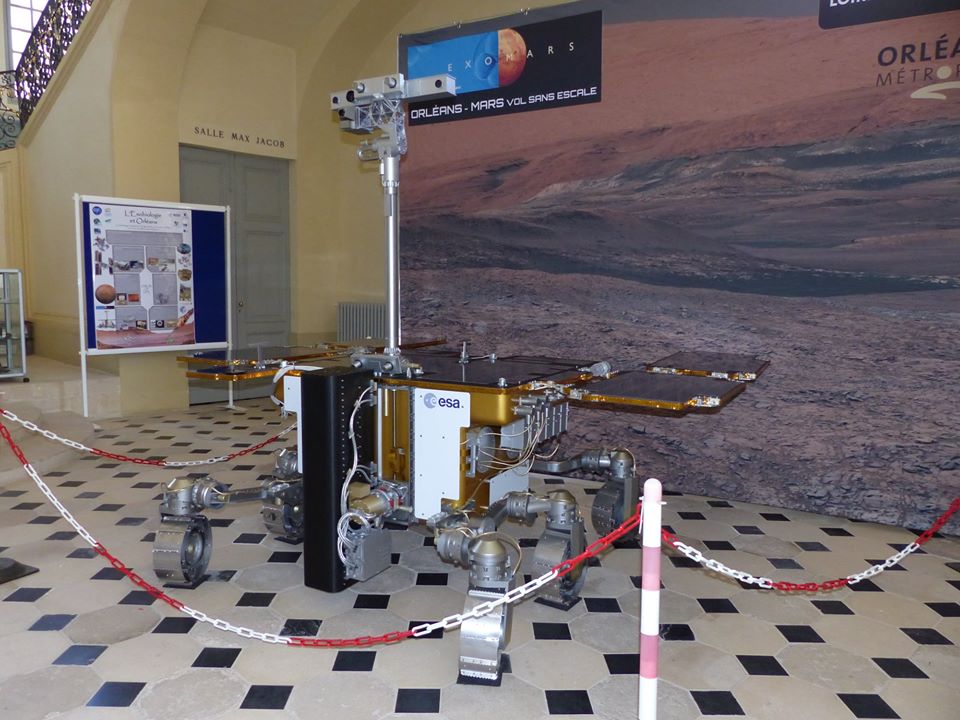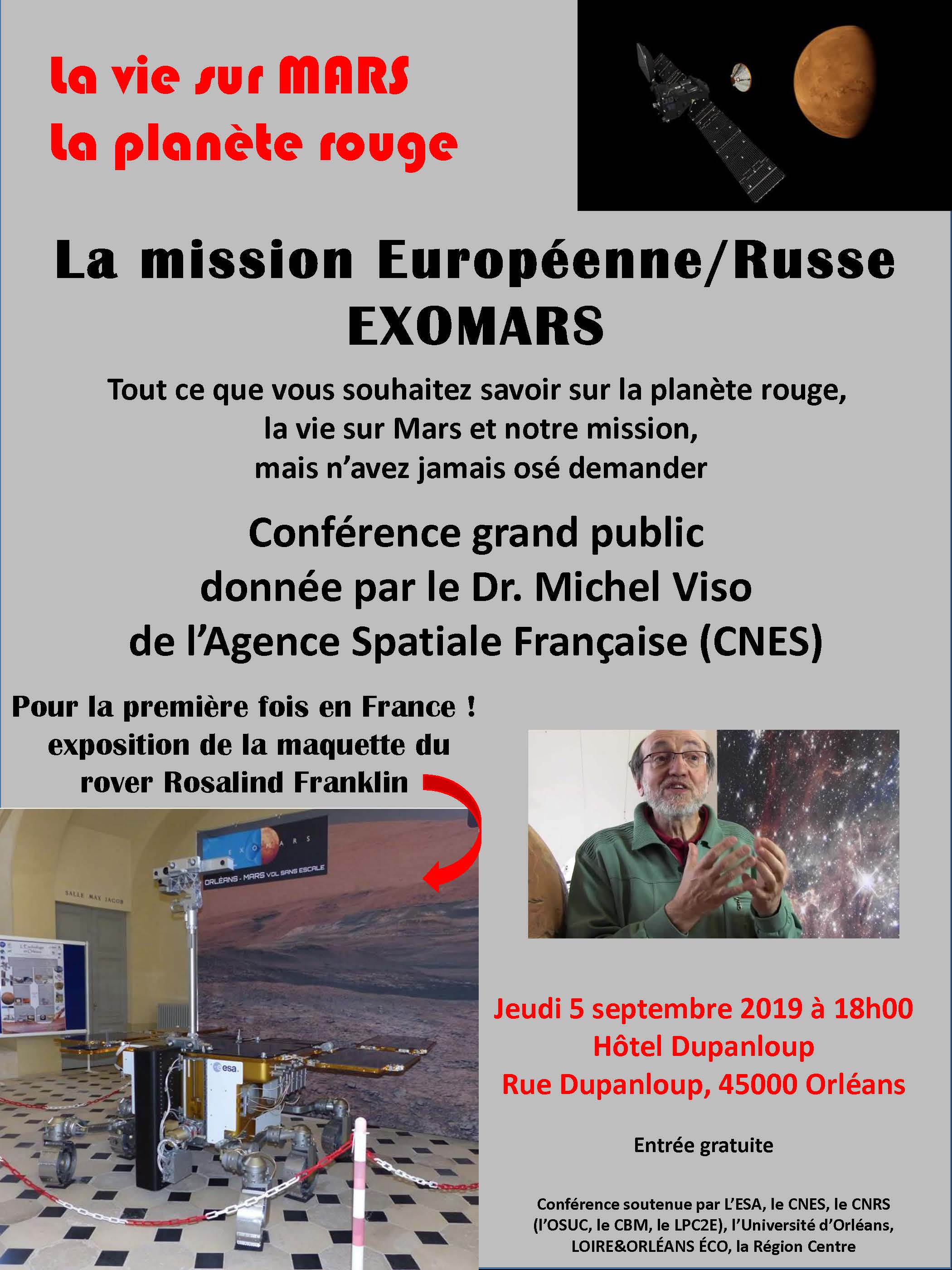An international team of scientists from Brazil, France and Switzerland with financial support from the Serrapilheira Institute and Fapesp, has obtained the most detailed 3D views ever achieved of very ancient traces of life on Earth. The studied microfossils, from the Gunflint Formation, in Canada, are approximately 1.9 billion years old, and are the preserved remains of microorganisms similar to bacteria existing today, but from a period when only microscopic life existed on Earth. Using an advanced imaging method based on synchrotron light, unprecedented details of the shape, composition and preservation of these microfossils was attained. Moreover, in one locality, fossils previously termed “hematite-coated” are revealed to be composed of organic material – invisible in optical microscopy – coated with crystals of the iron oxide maghemite, instead of hematite. This finding challenges our understanding of past life and opens exciting perspectives for the study of even older fossils or future samples returned from Mars.
Maldanis, L., Hickman-Lewis, K., Verezhak, M. et al. Nanoscale 3D quantitative imaging of 1.88 Ga Gunflint microfossils reveals novel insights into taphonomic and biogenic characters. Scientific Reports 10, 8163 (2020). https://doi.org/10.1038/s41598-020-65176-w

